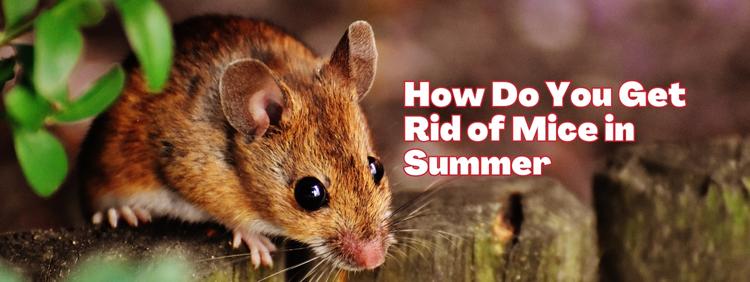Phospholipids are a class of lipids characterized by a unique structure: a hydrophilic “head” and two hydrophobic “tails.” This dual nature plays a pivotal role in many biological processes, especially in the formation of cell membranes. So, why Do Phospholipids Form a Bilayer in Water?
The question above will be the focus of our article. We will also look at Interactions of Phospholipids with Water amongst other things.
Why Do Phospholipids Form a Bilayer in Water?
The primary reason why phospholipids form a bilayer in water is to align their hydrophilic heads toward the aqueous environment while keeping their hydrophobic tails shielded away. This arrangement minimizes the unfavorable interactions of the hydrophobic tails with water, leading to a stable structure vital for cellular life.
The Amphiphilic Nature of Phospholipids
At the heart of the question, why do phospholipids form a bilayer in water?, is the concept of amphiphilicity. Phospholipids are amphiphilic molecules, which possess hydrophilic (water-attracting) and hydrophobic (water-repelling) regions.
Dual Characteristics Drive Bilayer Formation
The hydrophilic “head” of a phospholipid is attracted to water, while the hydrophobic “tails” avoid it. When placed in an aqueous environment, these molecules spontaneously organize themselves to best accommodate these opposing affinities. This leads to the formation of the bilayer, where the heads face the water and the tails are tucked away, protected from the surrounding water molecules.
This behavior answers the fundamental question of why phospholipids form a bilayer in water, emphasizing the importance of their amphiphilic nature in dictating their arrangement.
Interactions of Phospholipids with Water
The Role of Hydrogen Bonding
Water molecules are polar and form hydrogen bonds with other water molecules and polar substances. The hydrophilic heads of phospholipids, being polar, can interact favorably with water through hydrogen bonding, further explaining why phospholipids form a bilayer in water.
Hydrophobic Exclusion Promotes Bilayer Formation
Conversely, the hydrophobic tails of phospholipids repel water. When introduced to an aqueous environment, these tails tend to cluster together due to hydrophobic exclusion, a phenomenon where water molecules exclude non-polar substances.
A Balanced Interaction
The combined effects of hydrogen bonding at the hydrophilic regions and hydrophobic exclusion at the tails drive phospholipids to adopt the bilayer structure. In this formation, they achieve a balance where the hydrophilic heads face the water, maximizing favorable interactions, while the hydrophobic tails are shielded away, minimizing unfavorable encounters with water. This equilibrium provides a comprehensive answer to why phospholipids form a bilayer in water.
Formation and Stability of the Phospholipid Bilayer
How the Bilayer Forms
When phospholipids meet water, they quickly shape into a bilayer. Why? It’s their best way to get cozy with water and still keep their tails dry.
A Protective Bubble
Think of the bilayer as a protective bubble. The outer parts love water. They face outwards. The inner parts avoid water. They hide inside. This bubble protects the insides of cells.
A Stable Structure
The bilayer is a happy and stable setup for phospholipids. It keeps the tails safe from water. And the heads can bond with the surrounding water. Nature loves stability. So, the bilayer is a win-win for both water and phospholipids.
In short, the bilayer forms because it’s the best way for phospholipids to be in water. They find a balance, create barriers, and protect cells. It’s simple and smart.
Why the Bilayer Matters in Life
The bilayer is the main part of the cell walls. It guards the insides of cells. It lets good stuff in and keeps bad stuff out.
Beyond Cells
Phospholipids aren’t just for cells. They’re used in medicines and foods too. They help mix oil and water. The bilayer is the key to life. It keeps cells safe and helps in many other ways. Nature’s design of phospholipids is smart and useful!
Why Do Phospholipids Form a Bilayer in Water? Conclusion
Phospholipids and their love-hate relationship with water give rise to a remarkable bilayer structure. This setup isn’t just a quirk of chemistry; it’s vital for life as we know it. From safeguarding the intricate workings inside our cells to aiding in food and medicine, the phospholipid bilayer stands as a testament to nature’s ingenuity.
Understanding its formation and function offers a glimpse into the delicate and smart design woven into the fabric of life. In essence, the simple act of phospholipids forming a bilayer in water underscores the complex beauty of biology.
Why Do Phospholipids Form a Bilayer in Water? Frequently Asked Questions
Phospholipids are unique fats with a water-loving head and two water-hating tails.
The bilayer is the backbone of cell walls, protecting cells and deciding what enters and exits.
Yes! When small tears happen, phospholipids move around and seal the gaps.
Most cells, especially in animals and humans, have this bilayer. But some, like plant cells, have added protective walls.
They can mix oil and water, making them great in dressings and some medicines.
References
- Why do phospholipids form a bilayer in water? – homework.study.com
- Why do the phospholipids surrounding the cell form a bilayer? – socratic.org




